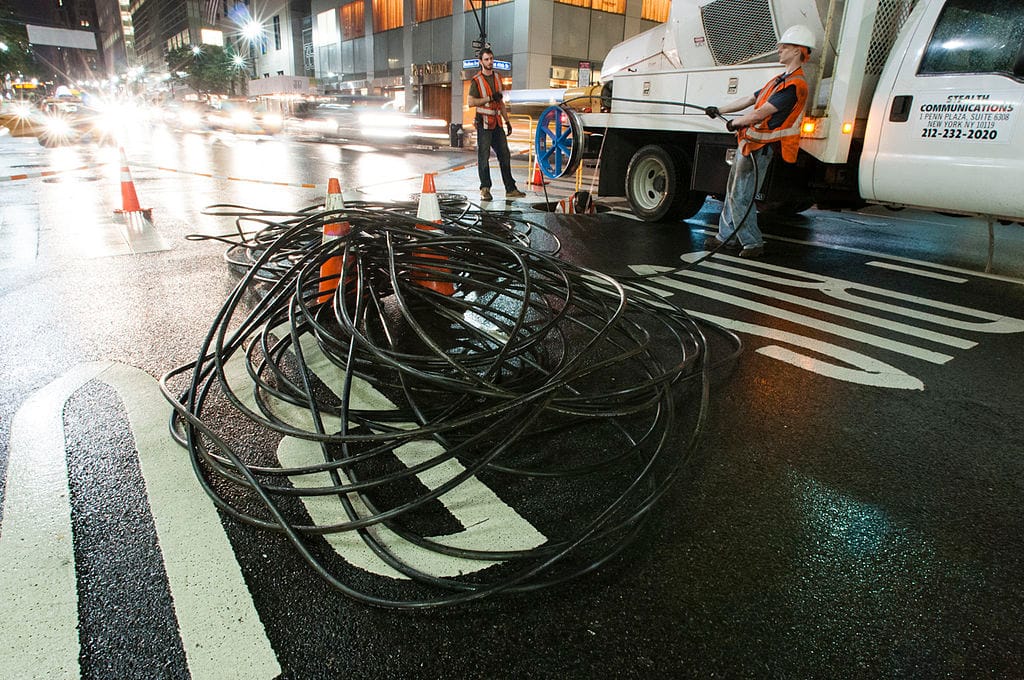Failing to Future-Proof Fiber Networks Will Have Costly Return on Investment Effects
June 5, 2020 — According to market analysts, labor costs account for around 60 percent of the cost of fiber infrastructure construction. Panelists on a webinar hosted by Telecompetitor on Wednesday advocated considering scalability up front, to avoid labor intensive and costly future infrastructure

June 5, 2020 — According to market analysts, labor costs account for around 60 percent of the cost of fiber infrastructure construction. Panelists on a webinar hosted by Telecompetitor on Wednesday advocated considering scalability up front, to avoid labor intensive and costly future infrastructure updates.
“Long term payback will be much greater if you have a vision and do everything a community might need initially,” said Kara Mullaley, the market director manager for community broadband at Corning.
Greg Lentz, a marketing analyst at Corning, detailed crucial factors affecting return on investment to consider before setting out to build.
Infrastructure builders must first consider the customer types they plan to serve and both their current and future needs, Lentz said, as it is necessary to understand the scalability a network requires.
The capital required for funding broadband initiatives is significant, panelists said, making long-term vision essential for maximum return on investment.
The more upgradable or future-proof a network, the more expensive its initial installation. But while it is initially cheaper to deploy a less scalable network, such as a distributed split network, it may be more costly in the long run if bandwidth demands force the infrastructure to be upgraded altogether.
To further reduce capital expenditure, network constructors should consider fiber assets already existing and available to them before building begins. Often times, areas have existing fiber networks or infrastructure that can be leased more cheaply than building new infrastructure.
Before building, panelists said, network constructors should evaluate their service offerings and calculate the average revenue per user they can expect in return to strategize deployment. For example, in projects for business clients, who require more bandwidth than individual residents, it may be smarter to first build infrastructure, for quicker initial return on investment.
Lentz noted that there may be a blend of infrastructure and deployment methods depending on the area chosen to build. Panelists urged audience members to get creative in considering the slew of feasible ways to fund fiber infrastructure.










